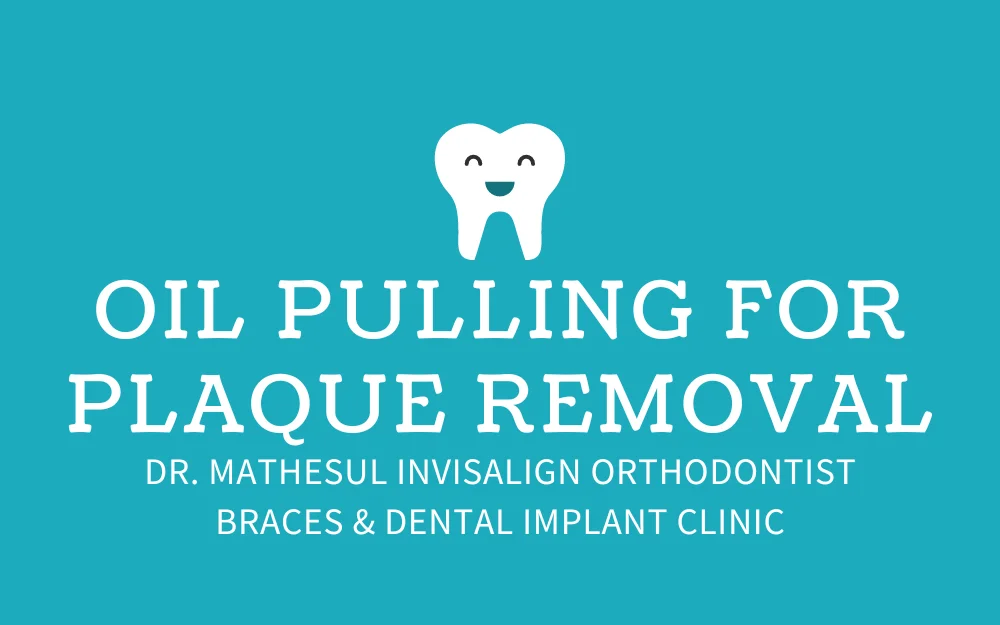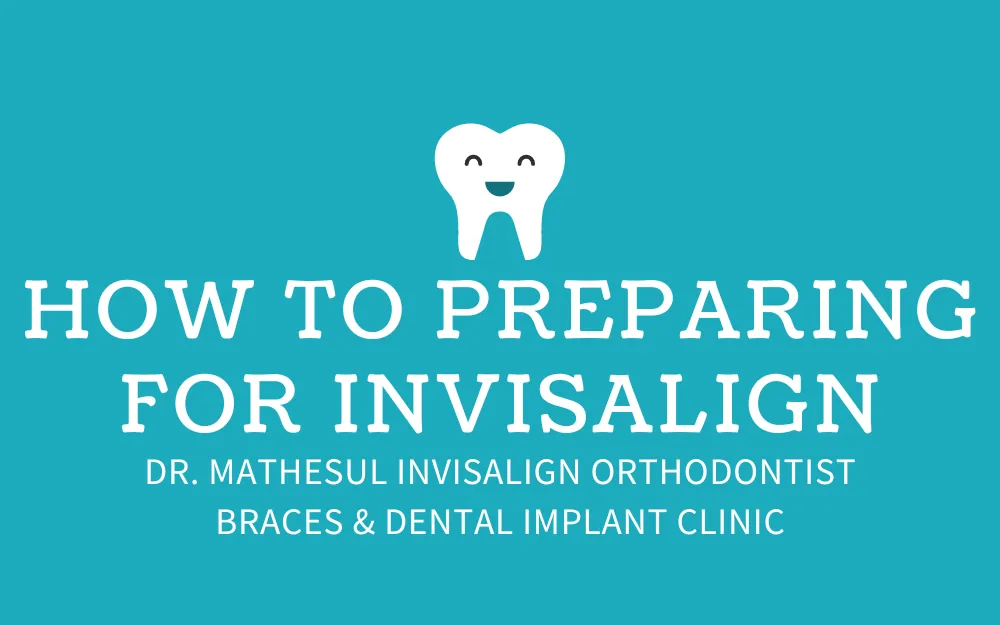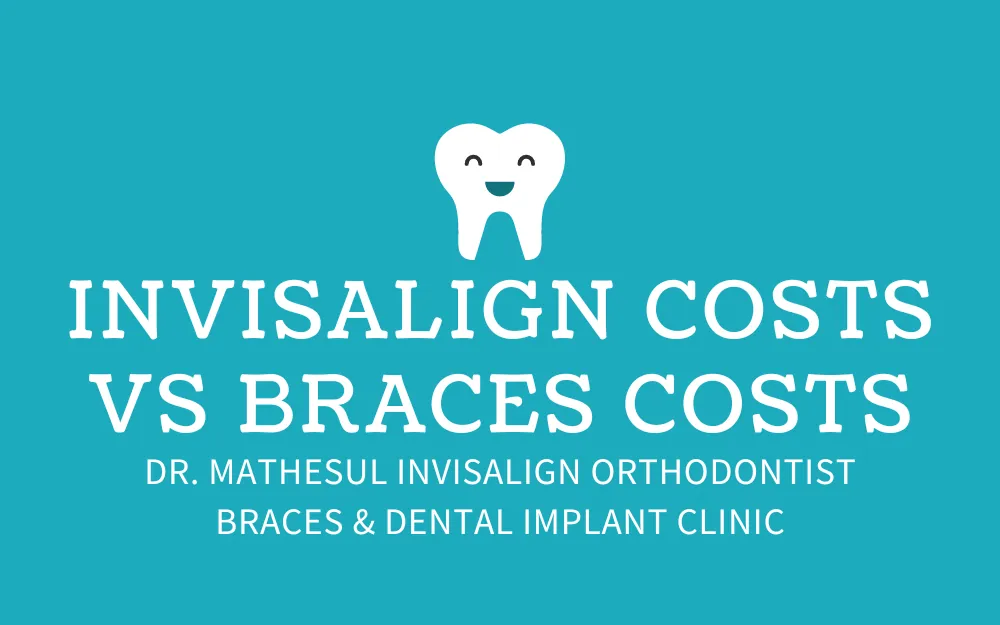Tooth removal, also known as tooth extraction, is a common procedure that may be necessary for various reasons, such as severe decay, gum disease, or orthodontic treatment. Understanding what to expect during a tooth removal procedure can help alleviate concerns and promote a smoother experience for individuals undergoing the procedure.
In this article, we will explore the critical aspects of the tooth removal procedure, including the reasons for extraction, the preparation involved, the actual extraction process, and what patients can anticipate in terms of post-operative care. By gaining insight into these aspects, individuals can approach the tooth removal procedure with greater confidence and be better prepared for a successful and comfortable recovery.
Table of Contents
ToggleReasons For Tooth Extraction

Tooth extraction is a dental procedure performed for various reasons, each aimed at improving oral health and overall well-being. Some common reasons for tooth removal procedure extraction include:-
1. Severe Tooth Decay
Extensive decay that has damaged a tooth beyond repair may necessitate extraction. In such cases, the goal is to prevent the spread of infection to surrounding teeth and tissues.
2. Gum Disease (Periodontal Disease)
Advanced stages of gum disease can lead to the loss of supporting structures around the teeth, making extraction necessary to maintain overall oral health.
3. Impacted Wisdom Teeth
Wisdom teeth, also known as third molars, may become impacted (unable to emerge fully) due to lack of space or improper angulation. Impacted wisdom teeth can cause pain, infection, and damage to adjacent teeth, necessitating extraction.
4. Tooth Infection Or Abscess
Untreated dental infections can lead to abscess formation, causing significant pain and potential systemic health risks. Extraction may be necessary to eliminate the source of infection.
5. Broken or Fractured Teeth
Teeth that are extensively broken or fractured, significantly if the damage extends below the gumline, may require extraction.
It’s important to note that tooth extraction is typically a last resort, and dentists prioritize preserving natural teeth whenever possible. Dentists consider alternatives such as restorative procedures, endodontic treatment (root canal), or orthodontic interventions before recommending extraction. Patients should consult with their dentist to discuss the specific reasons for the tooth removal procedure and explore appropriate treatment options.
Steps for Tooth Removal Procedure
The tooth removal process, or tooth extraction, involves several steps to ensure a safe and effective process. Here is a general outline of what to expect during a typical tooth removal procedure:-
1. Initial Examination
- The dentist begins by examining the patient’s dental and medical history to assess the need for tooth extraction.
- X-rays may be taken to evaluate the tooth’s position, roots, and surrounding structures.
2. Anaesthesia Or Sedation
- Before the extraction, the dentist administers local anesthesia to numb the tooth and surrounding area.
- In some cases, especially for more complex extractions or anxious patients, sedation may be used to induce relaxation.
3. Tooth Loosening
- Using dental instruments, the dentist gently rocks the tooth back and forth to loosen it from the surrounding ligaments and tissues.
4. Tooth Extraction
- Once sufficiently loosened, the dentist uses forceps to grasp the tooth and remove it from its socket.
- In some cases, particularly for impacted or broken teeth, the dentist may need to perform a surgical extraction, which involves making a small incision to access the tooth.
5. Cleaning and Stitches (If necessary)
- The extraction site is cleaned, and any debris or infected tissue is removed.
- Stitches may be required to close the wound if it’s a surgical extraction, though many extractions do not require stitches.
6. Gauze Placement
- After the tooth is removed, a piece of sterile gauze is placed over the extraction site. The patient is instructed to bite down to promote blood clot formation.
7. Post-Extraction Instructions
- The dentist provides post-operative care instructions, including information on managing pain, swelling, and bleeding.
- Patients are advised on dietary restrictions and proper oral hygiene practices during the recovery period.
8. Follow-Up Appointment
- A follow-up appointment may be scheduled to monitor the healing process and address any concerns.
Patients need to communicate openly with their dentist, providing information about their medical history and any concerns they may have, and diligently following the post-operative care instructions or after the tooth extraction process to contribute to a smoother recovery. While tooth removal procedures may sound daunting, advancements in dental techniques and anesthesia make the procedure generally well-tolerated and with manageable discomfort during the recovery period.
Why Do People Experience Bleeding After Tooth Removal Procedure?

Bleeding after a tooth removal procedure is a normal part of the healing process. However, it’s essential to understand why it occurs. The extraction process involves removing a tooth from its socket, which disrupts blood vessels and tissues, leading to bleeding.
Here are the key reasons why people experience bleeding after tooth removal procedure:-
- Blood Vessel Disruption – The extraction process involves severing the ligaments that attach the tooth to the surrounding bone and tissues. This inevitably leads to the disruption of blood vessels, resulting in bleeding from the extraction site.
- Formation of A Blood Clot – After the tooth is extracted, the body initiates a natural response to stop bleeding and promote healing. A blood clot forms at the extraction site, acting as a protective barrier and facilitating tissue regeneration.
- Vascularization Of Bone – The bone surrounding the tooth socket contains blood vessels that are also disrupted during the extraction. This vascularization contributes to the initial bleeding and is part of the healing process.
- Normal Inflammatory Response – Inflammation is a natural part of the body’s response to injury. The inflammatory process contributes to blood flow to the extraction site, aiding in the formation of a stable blood clot.
To minimize the risk of complications related to bleeding, individuals must follow post-operative care instructions provided by their dentist or oral surgeon while undergoing the tooth removal procedure. If excessive or prolonged bleeding occurs, it’s essential to seek prompt, professional attention for proper assessment and intervention.
Conclusion
A tooth removal procedure is a standard dental procedure aimed at addressing various oral health issues. Beginning with a thorough examination and often involving X-rays, tooth extraction is recommended when other treatment options are impractical or ineffective. The tooth removal procedure itself, performed under local anesthesia or sedation, includes loosening and removing the tooth from its socket. Depending on the complexity of the case, stitches may be required.
FAQs
Why Might A Tooth Need To Be Removed?
Teeth may need to be removed due to various reasons, including severe decay, advanced periodontal disease, impacted wisdom teeth, overcrowding, or to prepare for orthodontic treatment.
Is Tooth Removal Painful?
Dentists typically use local anesthesia to numb the area around the tooth, ensuring you don’t feel pain during the extraction. You may feel pressure during the procedure, but any discomfort should be minimal.





